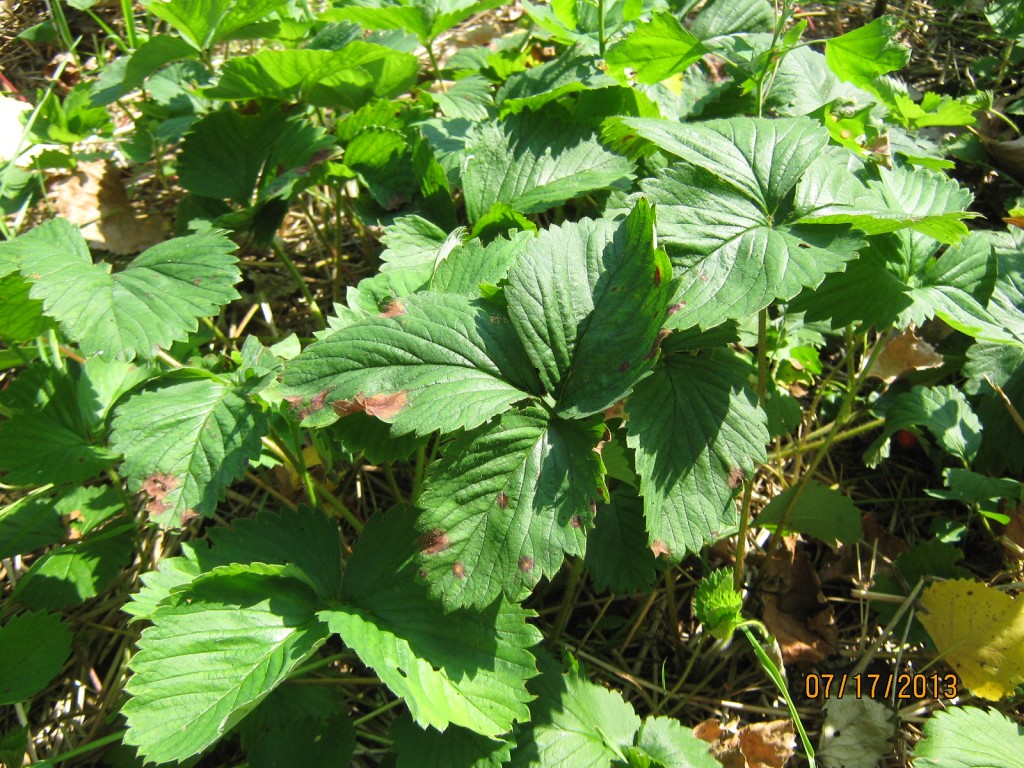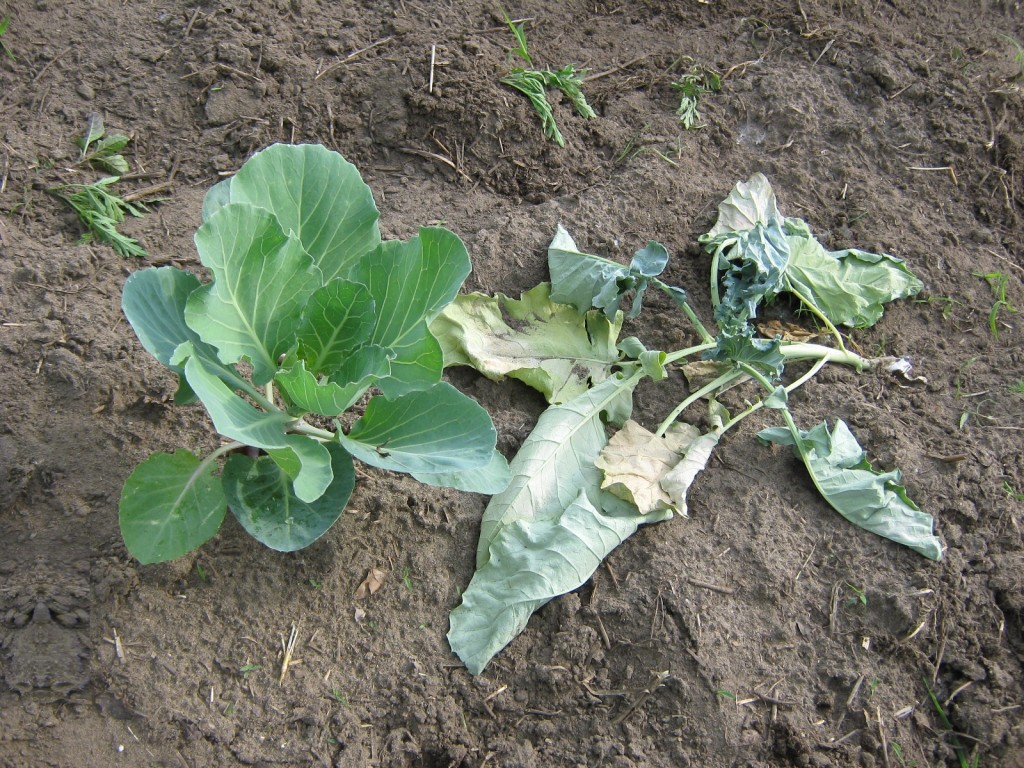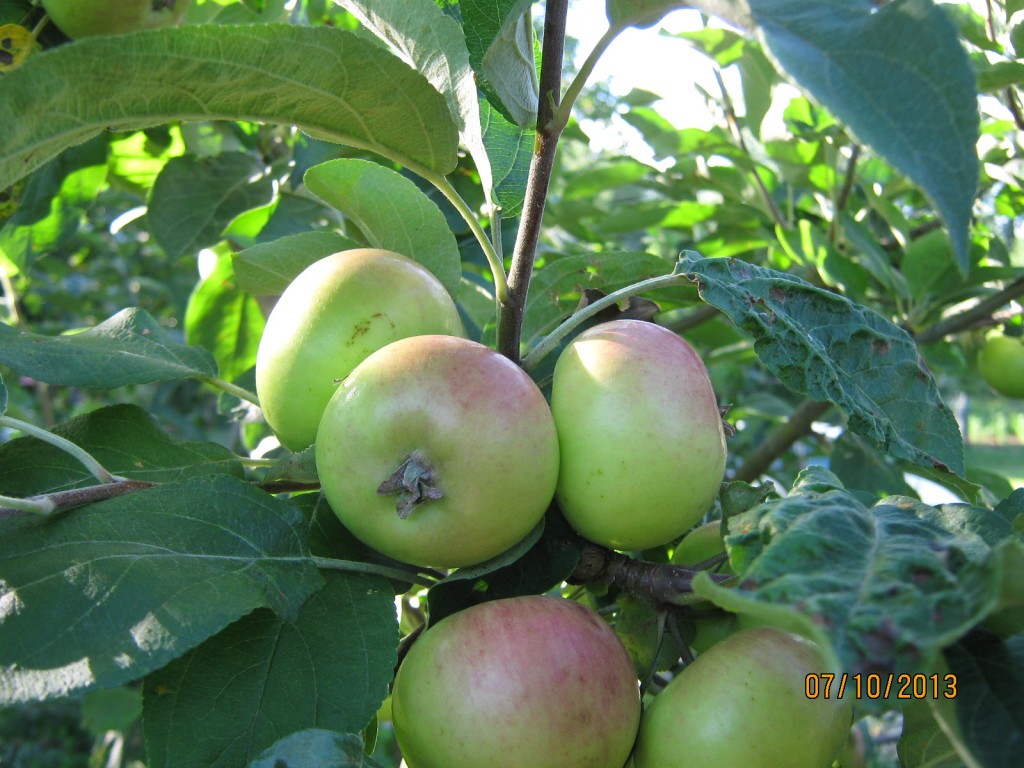Strawberry picking is over in our area, but that doesn’t mean all the work is done. Now’s the time to get your strawberry patch in shape for a big harvest next year.
Strawberry plants if left on their own will produce good yields and quality fruit for two years or so. With your help, they’ll stay strong for four or five years.
It may seem illogical, but mowing strawberries right after picking is the best thing you can do for them. Mowing removes diseased leaves and reduces harmful insect populations.
Mowing is best done right after harvesting, before too many new leaves begin to grow. This means in extreme southern Michigan, it must be finished soon, more northern areas have some time yet.
Use a lawn-mower and set it so that the cutting height is about one and one-half inches above the crown, then go at it. Rake out the clippings and dispose of them, then sprinkle a light application of garden fertilizer.
Since strawberry plants produce more berries on the edges of a row, reduce the width of the row to somewhere around 12 to 18 inches. A rototiller works great, but you can hoe them out if necessary.
Through the rest of the season, water the plants during dry periods. And, just like the rest of the garden, weed the area when needed.
Later you can add mulch, but that is a topic for another time.
Bob


